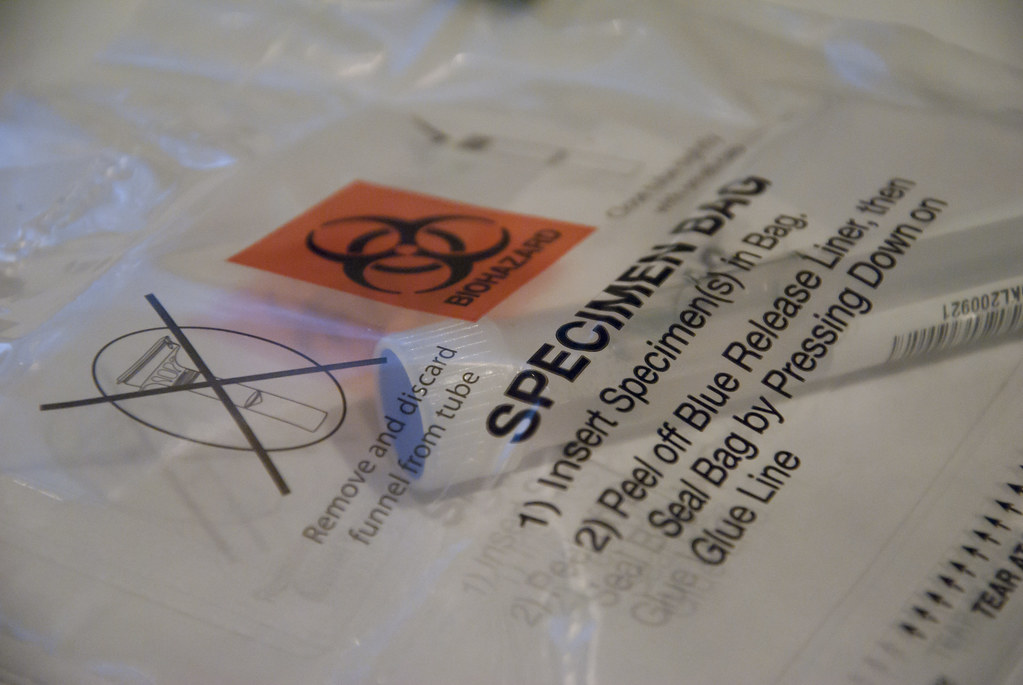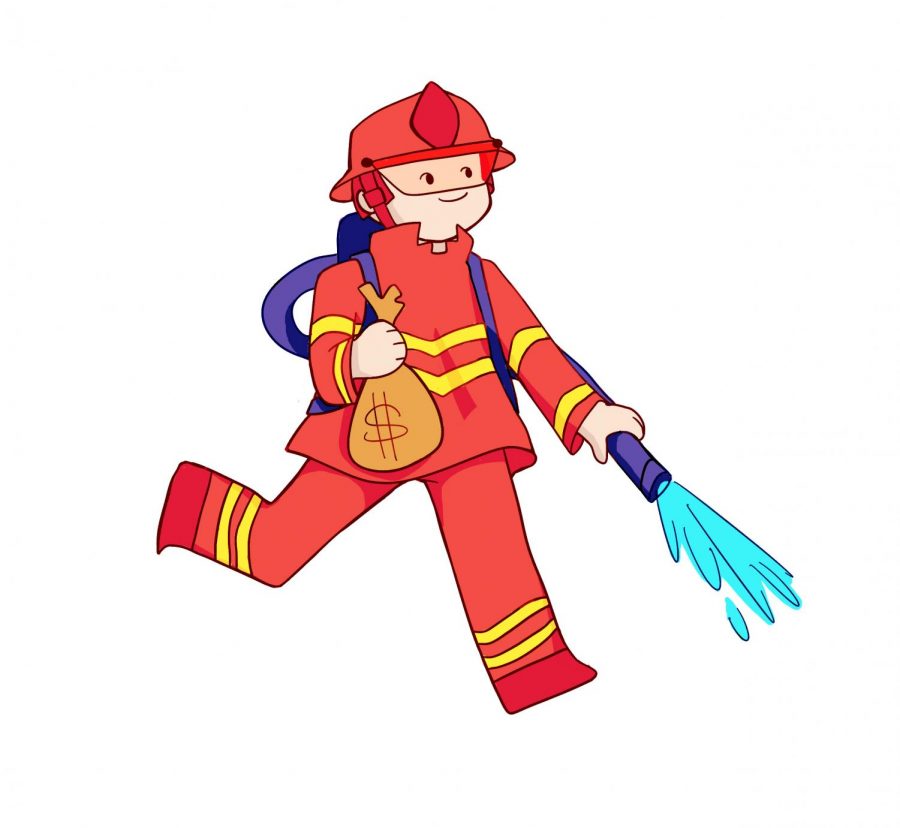
Every year, as spring rolls around the corner and flowers paint our landscapes, there is another reminder of the changing seasons: pollen. At its essence, pollen serves as a vital component in the reproductive cycle of flowering plants. Each pollen grain contains male gametes necessary for fertilization.
As bees, carry pollen grains on their bodies, they facilitate the creation of seeds and fruits. This interaction is crucial in maintaining the diversity of plant species and supporting ecosystems worldwide. However, for many individuals, it also serves as a signal of seasonal discomfort.
The vast majority of individuals face the pollen variant of hay fever, with symptoms including but not limited to runny, itchy, and congested noses or irritable, itchy, and watery red eyes. All these symptoms aren’t reactions from a virus, however, but rather your immune system deciding that entrants like pollen are a threat.
Bodies then responds to the allergen by releasing chemicals that can cause widespread hay fever symptoms. These symptoms can disrupt daily activities and diminish overall well-being. For some, pollen allergies can be severe enough to necessitate staying indoors during peak pollen times or relying on medications to alleviate symptoms. “My eyes get puffy and itchy and my nose gets stuffed up. Spring is really harsh on me in terms of the pollen symptoms I get,” junior Asher Herman said.
The intensity of allergic reactions differs from person to person and hinges on factors such as the type of pollen, its concentration, and individual vulnerability. High pollen counts, often on warm, dry days, can intensify symptoms. Furthermore, specific types of pollen, like those from grasses and weeds, tend to elicit more severe reactions.
Pollen allergies can even usher harsher symptoms, like temporary conductive hearing loss due to fluid buildup in the middle ear. People with respiratory illnesses like asthma may be more sensitive to pollen. According to the CDC, exposure to pollen has been linked to asthma attacks and increases in hospital admissions for respiratory illness. Medical costs linked with pollen exceed $3 billion every year, with nearly half of those costs being linked to prescription medicine.
Despite the prevalence of pollen allergies, effective, tried-and-true strategies exist to mitigate its impact, actions that can be taken on a family level to help pollen-affect individuals. “Get them claritin and help them monitor forecasts to ensure that they can avoid the worst of their allergies,” junior Maria Yu said.
Additionally, schools and communities must raise awareness about pollen allergies. They can support students by creating allergy-friendly environments, educating staff and students about managing allergies and taking proactive steps to reduce pollen exposure during outdoor activities.
By recognizing the impact of pollen allergies and respiratory conditions, individuals can take proactive steps to manage symptoms and minimize discomfort during the pollen season.
If you would like to voice your opinion on an issue you feel is relevant to our community, please do so here. Anyone is able and welcome to submit a Letter to the Editor, regardless of journalistic experience or writing skills. Submissions may be published either online or in a print issue.









